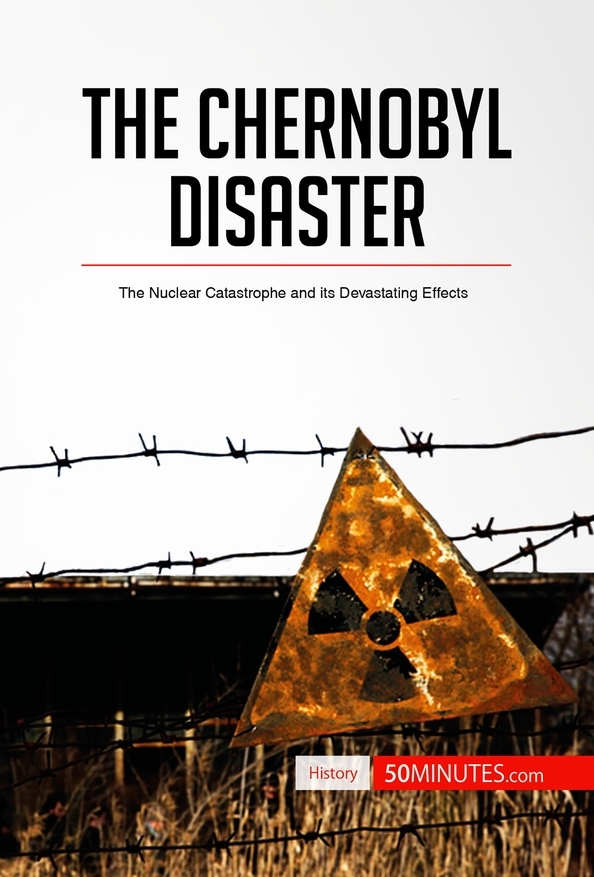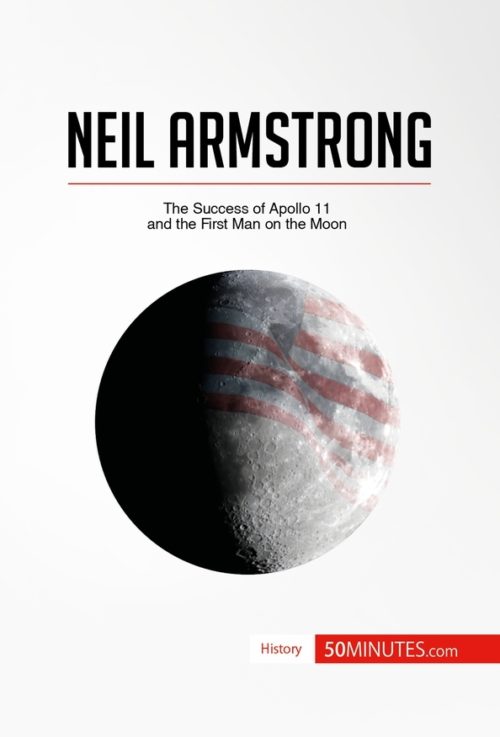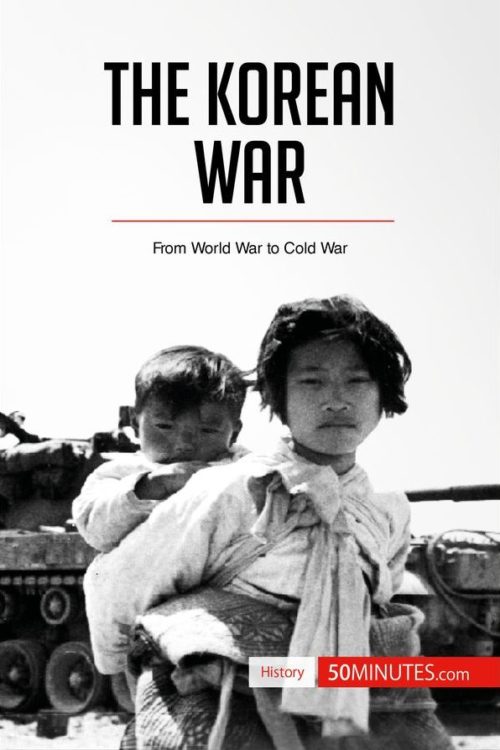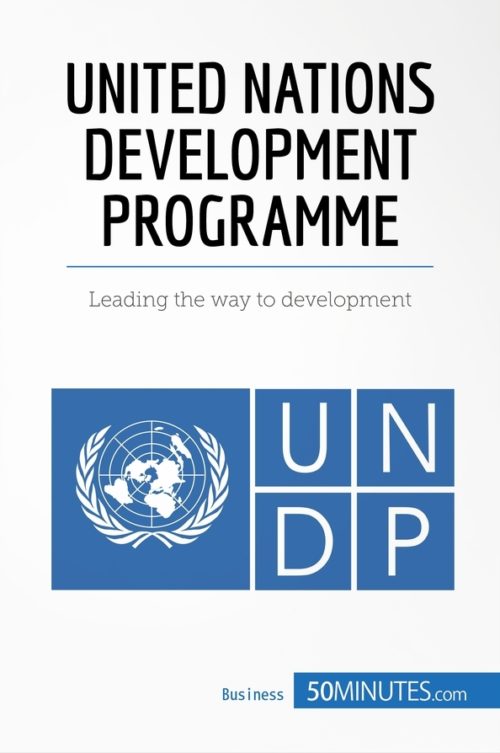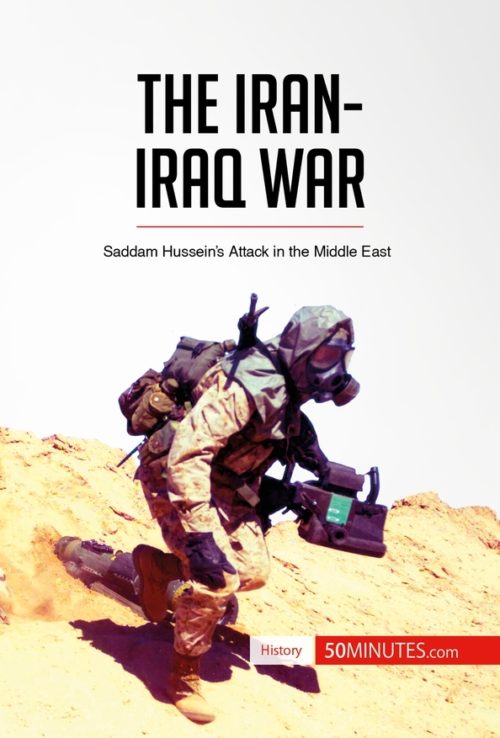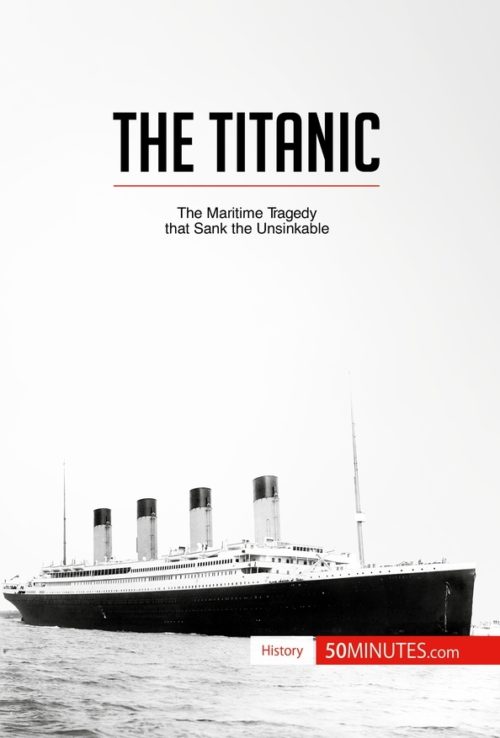The Chernobyl Disaster
The Chernobyl Disaster
$4.99
Read more
On 26 April 1986, the No. 4 reactor of the Chernobyl nuclear plant exploded, becoming the epicenter of a vast radioactive cloud which affected large swathes of Europe. The Chernobyl disaster remains the worst nuclear disaster in history: in the immediate aftermath of the explosion, hundreds of people suffered from acute radiation sickness, and in the decades that followed many more developed cancer and other illnesses. Hundreds of thousands of people were displaced, and to this day the area around the site remains uninhabitable and tens of thousands of square kilometers are affected by contamination. In just 50 minutes, you will find out about the key figures involved in the disaster, including the Soviet leader Mikhail Gorbachev and the workers at the plant, and its enormous and enduring legacy, which is still felt today.
This straightforward and informative book provides a thorough discussion of the key moments in the Chernobyl disaster, which unfolded against the backdrop of the USSR’s program of nuclear development. It also features a detailed exploration of the response to the catastrophe and a discussion of its short-, medium- and long-term consequences, giving you all the essential information about this tragic and deadly accident.
About the Chernobyl disaster
Prior to the explosion of the No. 4 reactor, the Chernobyl nuclear plant was the biggest plant of its kind in the USSR and a symbol of Communist success. However, this all changed with the catastrophic explosion and fire, which had major political and economic consequences in the USSR and resulted in a shocking range of medical and environmental problems in the years that followed. The disaster sparked outrage across Europe and raised serious questions about the safety of nuclear power.
This clear and accessible 40-page book is structured as follows:
- Introduction to the Chernobyl disaster
- Background to the Chernobyl disaster
- The USSR and its program of nuclear development
- The Chernobyl nuclear facility
- The makings of a disaster
- Key figures
- Mikhail Gorbachev, Russian statesman
- Chernobyl nuclear facility personnel
- The Chernobyl nuclear disaster
- Reactor no. 4
- A series of unfortunate events
- Liquidation
- Evacuation
- Contaminating the continent
- Silence from the authorities
- Who is to blame?
- Impact of the Chernobyl disaster
- A political system shaken to its core
- Unknown medical consequences
- Disputes about the death toll
- Economic ruin
- RBMK: the immortal reactor
- Reflections on nuclear power
- Summary
Product details
| ISBN | 9782806279200 |
|---|---|
| Publisher | Plurilingua Publishing |
| Series | 50MINUTES.COM – History |
| Format | |
| Pages | 40 |
| File size | 1.8 MB |
